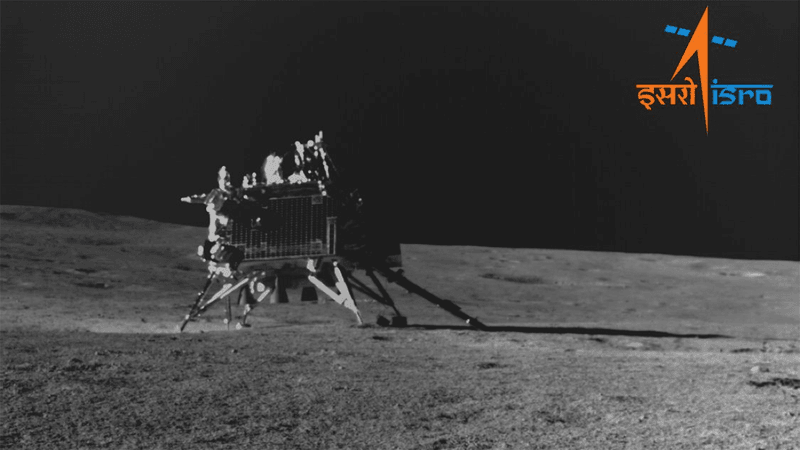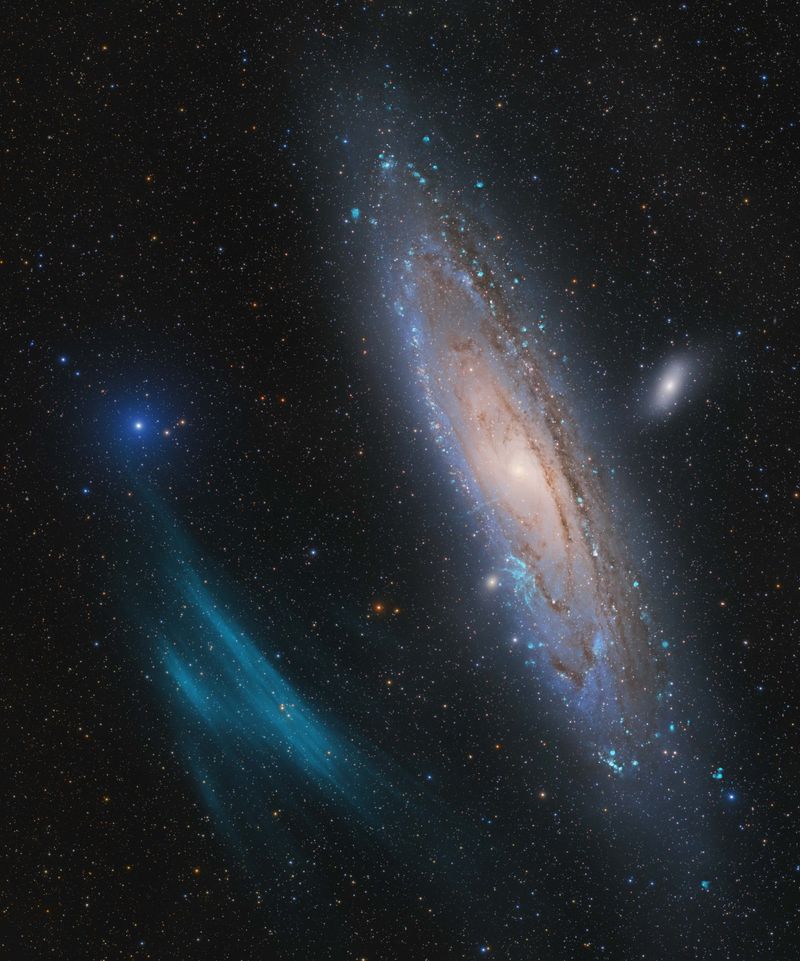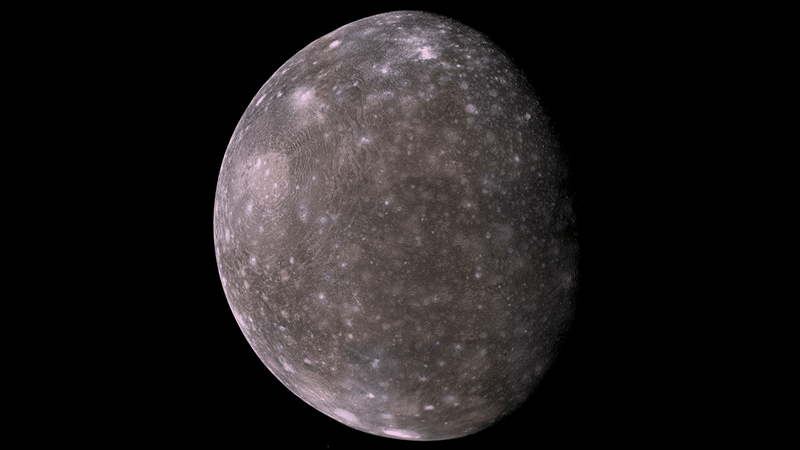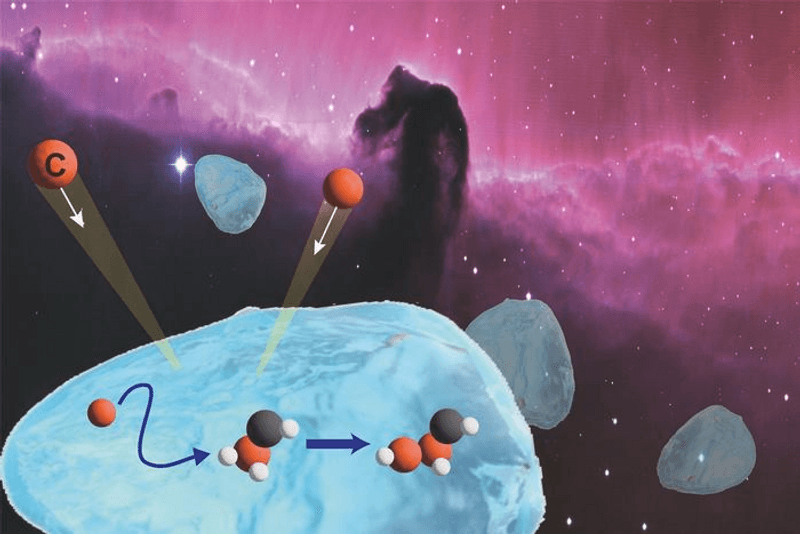A few weeks ago, the Chandrayaan-3 lander and rover successfully touched down on the lunar surface, making India the fourth nation on Earth to land successfully on the Moon, and the first to land near the south pole.
Since then, the mission aimed at primarily examining the composition of the lunar soil has detected sulfur, aluminum, calcium, iron, chromium, titanium, manganese, silicon, and oxygen. It has also completed a lunar first by measuring the temperature at the lunar south pole, and found time to take a selfie before the rover took a well-earned rest through the lunar night.
Though the rover gets the headlines with its tools for analyzing the composition of the soil (and finding water ice), the Vikram lander that brought it in has been yielding some pretty interesting insights too. Equipped with an Instrument for Lunar Seismic Activity (ILSA), the lander has been monitoring for movements, be it made by impacts to the Moon, the rover moving the ground, or natural moonquakes.
"ILSA comprises a cluster of six high-sensitivity accelerometers, which are indigenously fabricated using the Silicon Micromachining process," the Indian Space Research Organization (ISRO) explained in a statement. "The core sensing element consists of a spring-mass system with comb-structured electrodes. External vibrations lead to a deflection of the spring, resulting in a change in capacitance which is converted into voltage."
As well as detecting the movement of the rover, ISRO detected a "seemingly natural" event on August 26, 2023, which they are currently investigating.




